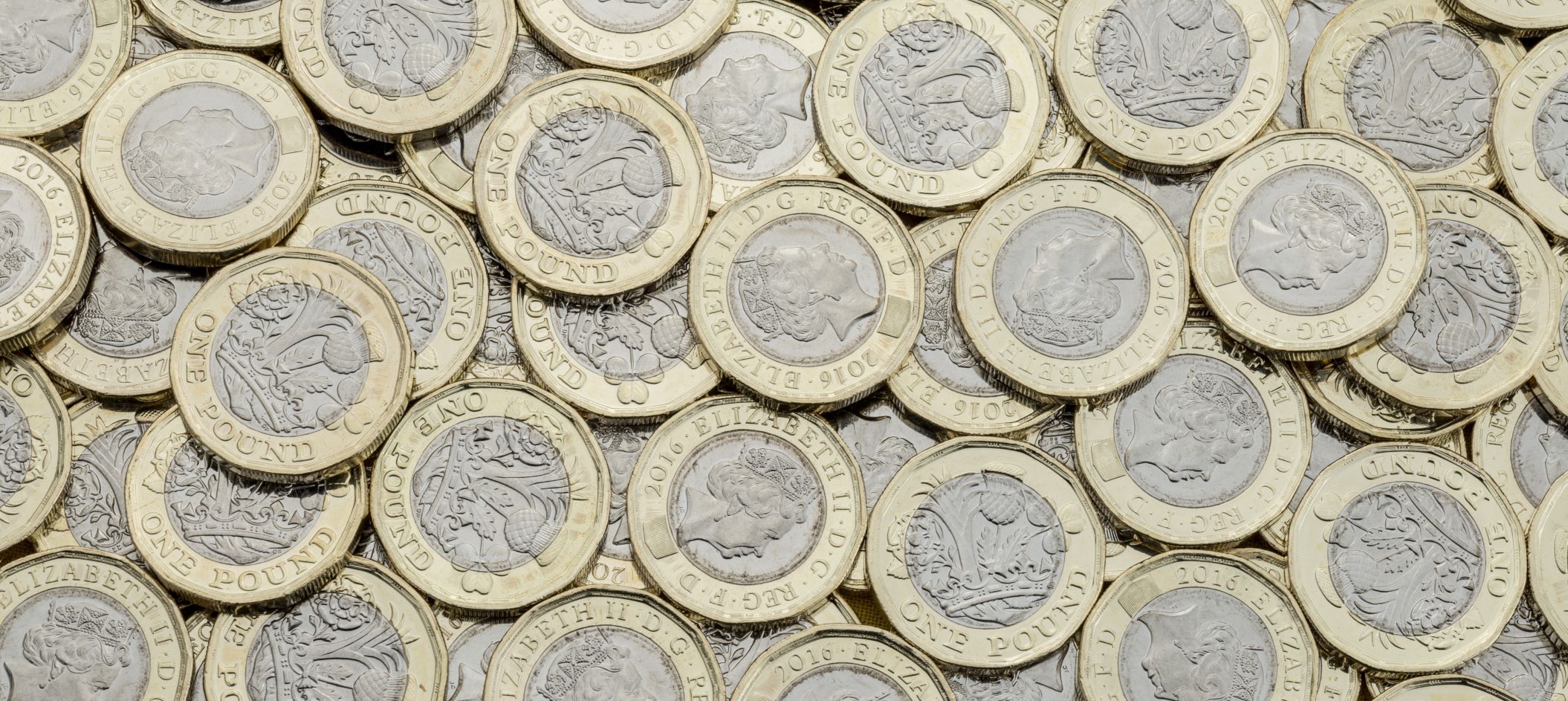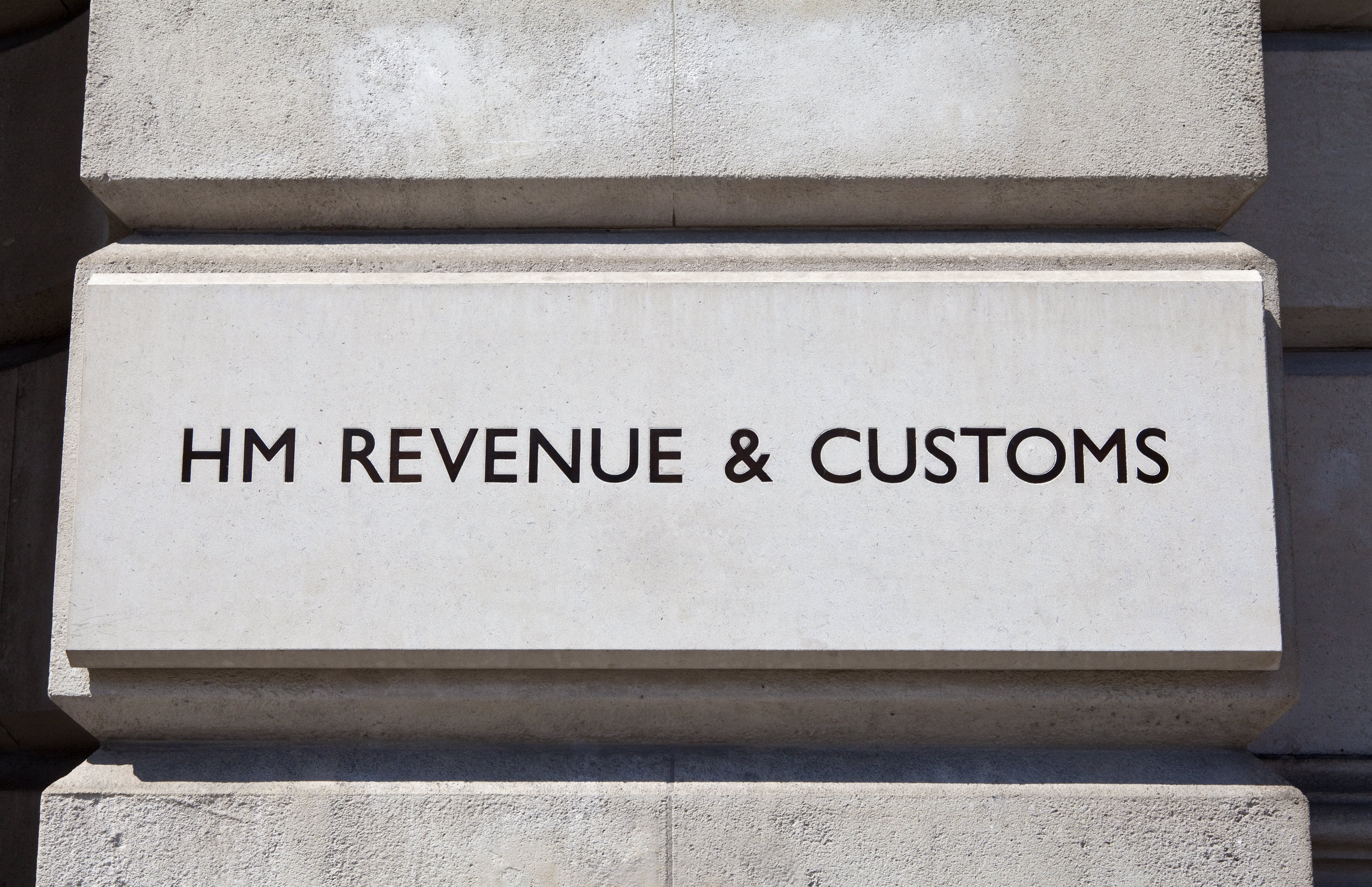Capital gains tax on shares: what is it and how to mitigate it
In the UK, capital gains tax (CGT) can pose a significant concern for anyone who invests in shares.
In particular, sophisticated investors and high-net-worth individuals (HNWIs) can face significant CGT bills in the UK and find their wealth quickly eroded.
As a result, understanding the CGT rates, rules and strategies to reduce CGT can prove crucial in minimising the capital gains tax you pay on shares.
What is the current rate of capital gains tax on shares?
In the 2024/25 tax year, there are only 2 main rates of capital gains tax in the UK. The rates differ depending on the type of asset being disposed of (carried interest has a different CGT rate to all other chargeable assets), and also the income tax band of the individual who has accrued the capital gain.
In turn, the rate of capital gains tax on shares ranges from 18% for basic rate income taxpayers to 24% for higher and additional rate income taxpayers.
It is worth noting that this could be reduced to 0% if shares are held in certain tax-efficient wrappers.
|
Tax bracket |
Income range | CGT rate on assets | CGT rate on property | ||
| Basic rate | 312,571 to £50,270 | 18% | 18% | ||
| Higher rate | £50,721 to 125,139 | 24% | 24% | ||
| Additional rate | Over £125,140 | 24% | 24% |
CGT is levied on any profit an individual makes by disposing of an asset. 'Disposing of' can include selling the asset, swapping it for something else, giving it away, or receiving compensation for it.
Some examples of assets liable for CGT in the UK (known as chargeable assets) include the following:
- Stocks and shares (unless held in a tax-efficient wrapper)
- Individual possessions worth more than £6,000 (excluding your personal car)
- Cryptocurrency
- Property
How is capital gains tax on shares calculated?
The exact amount of CGT due following the sale of an asset can be calculated by applying the relevant rate to the profit earned when the asset was disposed of (total revenue from gain - the cost of acquiring asset).
It is also crucial to consider the CGT-free allowance. Every individual is entitled to receive a certain amount of capital gains each year without being subject to tax.
- In the 2022/23 tax year, this tax-free allowance was £12,300.
- In the 2023/24 tax year, the CGT-free allowance has been reduced to £6,000.
- As of the 2024/25 tax year, the allowance is set to be halved to £3,000.
For example, let’s say an additional rate taxpayer sells listed equities in the 2024/25 tax year and makes a profit of £40,000. If this taxpayer has not already made other capital gains in the same tax year, and therefore has not used up their £3,000 CGT-free allowance, they would be subject to pay £8,880* in CGT on the equities, reducing the overall profit of the capital gain from £100,000 to £81,200.
*Calculations:
- £40,000 (capital gain) - £3,000 (CGT-free allowance) = £37,000 (taxable gain)
- 24% (higher/additional tax rate on shares) of £37,000 = £8,880
Should you want to calculate this for your own financial situation, using a capital gains tax calculator could prove useful.
5 routes to minimise capital gains tax on shares
The reduction in the UK’s capital gains tax allowance of over 75% in just three years not only highlights the importance of timely capital gains planning but also the increasing value of tax-efficient investment options.
With some schemes, all returns are entirely free of capital gains tax and additional CGT benefits – such as the ability to defer capital gains tax bills to later years or halve them entirely – can also be accessed.
Five of the UK’s most powerful tax-efficient investment schemes for reducing capital gains tax on shares are explored in more detail below.
1. Enterprise Investment Scheme (EIS)
Introduced in 1994 to encourage investment into early-stage, high-growth UK companies, the Enterprise Investment Scheme (EIS) is a Government-backed initiative that offers investors a generous range of tax incentives in return for investing into eligible companies.
These significant tax incentives can make the EIS an attractive option for investors seeking to minimise capital gains tax on shares.
Enabling investors to avoid the CGT they pay on shares entirely and defer the payment of existing CGT liabilities to later years, the EIS’s CGT-related incentives include:
- CGT disposal relief: If an individual holds EIS shares for at least three years, any capital gains realised on the disposal of those shares are exempt from CGT. This means that growth in the value of EIS investments is not subject to tax.
- CGT deferral relief: When an individual sells any asset that would otherwise attract CGT (a chargeable asset), they can reinvest the proceeds into qualifying EIS shares within one year to defer the original CGT liability to a later year. The CGT liability is deferred until the EIS shares are sold or disposed of in the future.
- Loss relief: Startup investing is considered a high-risk high-return investment strategy, so having access to loss relief can be an important feature. EIS loss relief can enable investors to offset any capital losses incurred on EIS shares against their income tax or capital gains tax bill, receiving relief at the investor’s marginal tax rate.

While EIS investments can also offer considerable investment growth, generate positive impact, enhance portfolio diversification, and provide access to other tax incentives such as income tax relief and IHT exemption, EIS investments are typically in early-stage companies, which carry a higher level of risk compared to more established businesses.
The associated tax benefits and ability to minimise the level of CGT you would typically pay should not be the sole reason for investing in EIS shares. Investors should carefully consider the inherent value of the investment opportunity and seek professional advice to assess the suitability for their specific circumstances.
Investors should be aware that capital is at risk and returns are not guaranteed. EIS investments generally have reduced levels of liquidity, therefore EIS Investors should have a long-term investment horizon and be prepared to hold their investment for several years.
2. Seed Enterprise Investment Scheme (SEIS)
The Seed Enterprise Investment Scheme (SEIS) is another Government initiative aimed at encouraging investment in early-stage UK businesses. The SEIS focuses specifically on very young, seed-stage startups and subsequently offers a more generous range of tax incentives for investors.
The SEIS provides substantial opportunities for investors to minimise their capital gains tax bill via the following forms of tax benefit:
- CGT exemption: One of the key advantages of investing through SEIS is the potential exemption from CGT on the disposal of shares. If an investor holds SEIS shares for at least three years, any capital gains realised on the disposal of those shares are completely exempt from CGT. This means that the investor can potentially generate significant returns without incurring any tax liability.
- CGT reinvestment relief: If an individual has recently realised a capital gain from the disposal of any asset, they can reinvest that gain into SEIS shares within the same tax year and subsequently claim CGT relief. This relief allows the individual to defer the CGT liability on the initial gain until the SEIS shares are disposed of in the future.
- Loss relief: Startup investing is considered a high-risk investment strategy, so having access to loss relief can be an important feature of the SEIS. Loss relief enables SEIS investors to offset any capital losses incurred on SEIS shares against their income tax or capital gains tax bill, receiving relief at the investor’s marginal tax rate.
Ultimately, the SEIS offers attractive tax incentives, enabling investors who support early-stage startups to maximise their personal capital gains tax relief on shares.
Additionally, investors can receive 50% income tax relief on the value of their SEIS investment, a more favourable tax benefit than the 30% income tax relief offered by the EIS.
It is important to note that SEIS investments carry inherent risks, and investors should carefully consider the investment opportunity and seek professional advice to assess the suitability for individual circumstances.
3. Individual Savings Accounts (ISAs)
Introduced by the UK government in 1999, Individual Savings Accounts (ISAs) are tax-efficient savings and investment accounts for UK residents. They act as a tax wrapper for holding various financial products, including cash, stocks and shares, and innovative finance investments.
One key benefit of ISAs is that any income or capital gains generated within the account are tax-free.
There are several types of ISAs available, including Cash ISAs, Stocks and Shares ISAs, Innovative Finance ISAs, and Lifetime ISAs. Each type has its own rules and limits, but they all share the common goal of providing tax advantages to account holders.
One ISA that can be utilised to minimise capital gains tax on shares is the Stocks & Shares ISA, which can be advantageous in two main ways:
- CGT exemption: By investing in shares within a Stocks and Shares ISA, any capital gains realised on the sale of those shares are exempt from CGT. This means that the growth in the value of the shares held within the ISA will not be subject to tax.
- Tax-free dividends: If you hold shares that pay dividends within a Stocks and Shares ISA, the dividend income is also tax-free. This can be particularly advantageous for higher-rate taxpayers who would otherwise be subject to higher tax rates on dividend income outside of an ISA.
Ultimately, ISAs provide tax-efficient savings and investment options for UK residents. By utilising ISAs, individuals can minimise capital gains tax on shares, benefit from tax-free growth and income, and take advantage of their annual ISA allowances.
ISAs have an annual contribution limit of £20,000, and it is worth noting that these limits, as well as other ISA regulations, are subject to change. It is crucial to be aware of these limits and plan your investments accordingly, and is always advisable to review current regulations and seek professional advice to maximise the potential of your ISA allowances.
4. Social Investment Tax Relief (SITR)
Social Investment Tax Relief (SITR) is a Government initiative designed to encourage individuals to invest in UK social enterprises. SITR offers tax incentives to investors who support businesses with a social or environmental mission, providing them with an opportunity to make a positive impact while also benefiting from potential tax savings.
SITR provides opportunities for investors to minimise capital gains tax (CGT) on shares in social enterprises via several routes:
- CGT exemption: When an individual invests in a qualifying social enterprise through SITR, any capital gains realised on the disposal of those shares are completely exempt from CGT. This means that investors can potentially generate significant returns without incurring any tax liability on the gains.
- CGT deferral relief: When an individual sells any asset that would otherwise attract CGT (a chargeable asset), they can reinvest the proceeds into qualifying SITR shares within one year to defer the original CGT liability to a later year. The CGT liability is deferred until the SITR shares are sold or disposed of in the future.
Overall, SITR can provide tax incentives for individuals who invest in qualifying social enterprises. By utilising SITR, investors can potentially minimise their capital gains tax bill, benefit from income tax relief, and make a positive social and environmental impact.
5. Venture Capital Trusts (VCTs)
Venture Capital Trusts (VCTs) are listed investment vehicles that provide individuals with an opportunity to invest in a diversified portfolio of small, unlisted companies, also offering investors a number of tax incentives.
Introduced by the UK Government in 1995, VCTs are designed to encourage investment in small, high-risk companies. Unlike the EIS and SEIS, VCTs are managed by professional fund managers who select a portfolio of investments on behalf of the VCT shareholders (at the expense of regular additional fund fees).
VCTs offer multiple potential benefits in terms of capital gains tax (CGT) relief, including:
- CGT disposal relief: Any capital gains realised on the disposal of VCT shares are exempt from CGT.
- Dividend tax exemption: Any dividends received from VCT shares are not subject to dividends tax.
While VCTs provide tax advantages, they also involve risks. Investors should carefully consider their investment strategy and seek professional advice before investing in VCTs.
Considering the higher annual investment allowances, potential for greater capital growth, and the more generous range of tax reliefs, the EIS and SEIS generally offer more favourable options for individuals seeking to minimise CGT on shares while enjoying additional tax benefits and superior growth compared with VCTs.
It is important to note that individual circumstances may vary, and it is advisable to seek professional advice to evaluate the suitability of each scheme based on specific financial goals and risk appetite.
Utilising tax-efficient investment schemes to minimise CGT on shares
Minimising capital gains tax on shares is a priority for many investors, especially as the UK tax environment becomes stricter with tightened CGT allowances. This is why the generous schemes outlined above can be highly popular with UK investors due to the attractive tax incentives available in return for investing in qualifying early-stage businesses and eligible shares.
When navigating the complexities of capital gains tax and investment strategies, seeking professional advice can be crucial as tax legislation is subject to change. Professional advisors can provide personalised guidance based on an individual's financial goals, risk tolerance, and tax situation, as well as ensure compliance and help to maximise the available tax benefits.
In addition to professional financial advice, conducting your own research about the tax landscape in the UK and exploring the options available to reduce your CGT bill can be highly useful. To assist with this process, GCV has created a free guide to reducing your capital gains tax bill, available to download below.
%20(3)%20(2).jpg)












